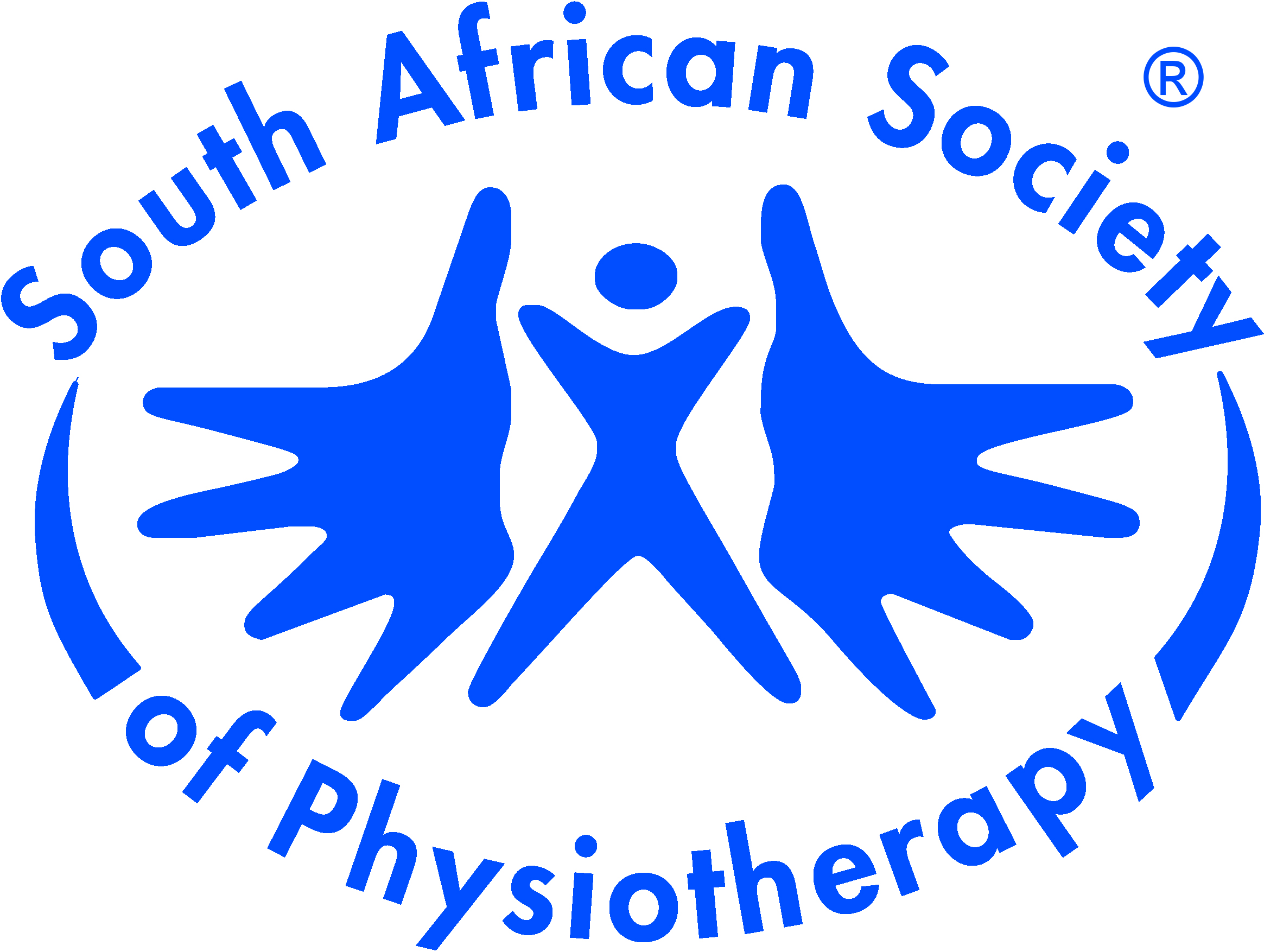Original Research
Knowledge and skill of patients with regard to amputation stump bandaging, prior to a prosthesis
South African Journal of Physiotherapy | Vol 54, No 3 | a588 |
DOI: https://doi.org/10.4102/sajp.v54i3.588
| © 2018 C. Visser
| This work is licensed under CC Attribution 4.0
Submitted: 18 September 2018 | Published: 31 August 1998
Submitted: 18 September 2018 | Published: 31 August 1998
About the author(s)
C. Visser, University of Pretoria, South AfricaFull Text:
PDF (165KB)Abstract
A swollen or poorly coned stump makes it impossible fo r the prosthetist to provide a patient who had an amputation with a prosthesis.
It is both costly, and time consuming for the patient and the amputation team if the patient needs to make repeated visits to the clinic. The purpose of this study is to determine the knowledge and skill of patients with regard to amputation stump bandaging. Thirty-three lower limb amputees, who visited the amputation clinic, were randomly chosen to participate in this survey. The investigation included a questionnaire and a physical evaluation by a physiotherapist on the effectiveness of the bandaging.
Results: Only 16 (49%) of subjects received information, education and demonstration on bandaging for their stump. Three of the 16 subjects were judged to have had effective stump bandaging. From this study it is clear that there is a lack of knowledge and skills relating to bandaging amongst amputation patients and that this urgently needs to be rectified to ensure maximal functional outcomes.
It is both costly, and time consuming for the patient and the amputation team if the patient needs to make repeated visits to the clinic. The purpose of this study is to determine the knowledge and skill of patients with regard to amputation stump bandaging. Thirty-three lower limb amputees, who visited the amputation clinic, were randomly chosen to participate in this survey. The investigation included a questionnaire and a physical evaluation by a physiotherapist on the effectiveness of the bandaging.
Results: Only 16 (49%) of subjects received information, education and demonstration on bandaging for their stump. Three of the 16 subjects were judged to have had effective stump bandaging. From this study it is clear that there is a lack of knowledge and skills relating to bandaging amongst amputation patients and that this urgently needs to be rectified to ensure maximal functional outcomes.
Keywords
No keywords available
Metrics
Total abstract views: 1280Total article views: 1515
Crossref Citations
1. Residual Limb Management for Persons With Transtibial Amputation: Comparison of Bandaging Technique and Residual Limb Sock
Stephanie Wai-Shan Louie, Frank Ho-Yin Lai, Carey Mei-Yee Poon, Sharon Wai-Ting Leung, Irony Sau-Ying Wan, Simon Kam-Man Wong
JPO Journal of Prosthetics and Orthotics vol: 22 issue: 3 first page: 194 year: 2010
doi: 10.1097/JPO.0b013e3181eb0113
